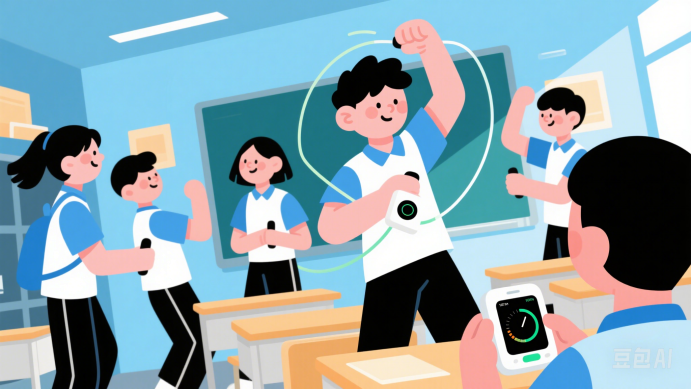AI 助力教育,跨越城乡边界(短文填空)

AI is changing schools in China, giving students in cities and villages better chances to learn. With smart tools, classrooms are becoming ___1___ (fair) and more exciting places.
In Guiyang, Guizhou Province, English teacher Zeng Xing uses an AI system. Students use tablets to answer questions, and the AI checks their work ___2___ (quick). It shows who needs help and lets the teacher plan better lessons. The AI also listens to students’ English speaking and gives tips to improve their ___3___ (pronounce).
For rural areas like in Guizhou, AI is like a bridge. Huang Hui, a school leader, ___4___ (explain) that mountains and poor roads make it hard to get good teachers. But AI brings the same learning materials to village schools ___5___ city schools.
AI isn’t just for books. In Beijing’s Tsinghua Primary School, students play with smart sports tools during breaks. Waving their hands starts the equipment, ___6___ records how long they exercise. It makes staying healthy fun!
Colleges are using AI too. Tools like DeepSeek help teachers and students with research. “AI finds information fast and ___7___ (suggest) ideas,” says Qian Minghui from Renmin University. Professor Wang Lei says schools should use new tech to train smart thinkers for the future.
China’s government wants more students to learn about AI. ___8___ (start) this fall, Beijing schools will teach AI for 8 lessons each year. By 2025, a national plan will guide schools ___9___ (prepare) kids for a world full of technology.
But experts remind us to use AI safely. Tang Liang, an education researcher, says schools need rules to protect students’ ___10___ (private) and stop cheating. “Teach everyone to use AI wisely,” he advises.
原创编写 版权所有 侵权必究! 每日更新 个性化阅读 英语飙升!